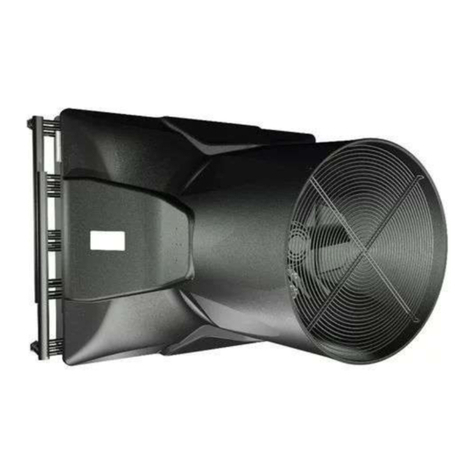UNIT OF MEASUREMENT
The units of measurement used are those of the International System (SI).
1.4 Keeping and updating the instruction manual
The instruction manual must be kept with care and must accompany the machine in all transfers of
ownership that it may have during its life. Parts must not be removed, torn or arbitrarily modified.
The manual should be stored in an environment protected from humidity and heat and in the immediate
vicinity of the machine to which it refers. The manufacturer, at the request of the user, can provide
additional copies of the instruction manual for the machine. For this purpose, please contact
support@francosrl.com.
The manufacturer reserves the right to modify the design and make improvements to the machine
without informing the customer, and without updating themanual already delivered to the user. However,
in the event of changes to the machine installed at the customer's premises, agreed with the
manufacturer and involving the modification of one or more chapters of the instruction manual, the
manufacturer will send the users involved the chapters affected by the change.
The user shall replace the old chapters, home page and table of contents with the new ones in all copies
owned.
The manufacturer is responsible for the original version in Italian language; in case of doubts about
the translated versions, please refer to the Italian language and contact the manufacturer
(support@francosrl.com) for support.
1.5 Target readers
This manual is intended for the installer, the operator and qualified personnel authorised to service the
machine.
OPERATOR: means the person or persons given the task of installing, operating, adjusting, cleaning,
repairing and moving machinery and of carrying out the simplest maintenance operations;
QUALIFIED PERSONNEL / QUALIFIED WORKER: we mean those people who have followed courses
of specialization, training, etc. and have experience in installation, commissioning and maintenance,
repair, transport of the machine.
The machine is designed for industrial use, and therefore professional and not general use, therefore
its use must be entrusted to qualified figures, in particular that :
•Have reached the age of majority;
•Are physically and mentally fit to perform work of particular technical difficulty;
•Have been properly trained in the use and maintenance of the machine;
•Have been judged by the employer to be fit to perform the task assigned to them;
•Are able to understand and interpret the operator's manual and safety instructions;
•Are familiar with emergency procedures and their implementation;
•Possess the ability to operate the specific type of equipment;
•Are familiar with the specific regulations in force;
•Have understood the operating procedures defined by the machine manufacturer.
The appliance may be used by persons with reduced physical, sensory or mental capabilities, or lack of
experience or knowledge, provided that they are supervised or have received instructions concerning
the safe use of the appliance and an understanding of the hazards involved.




























